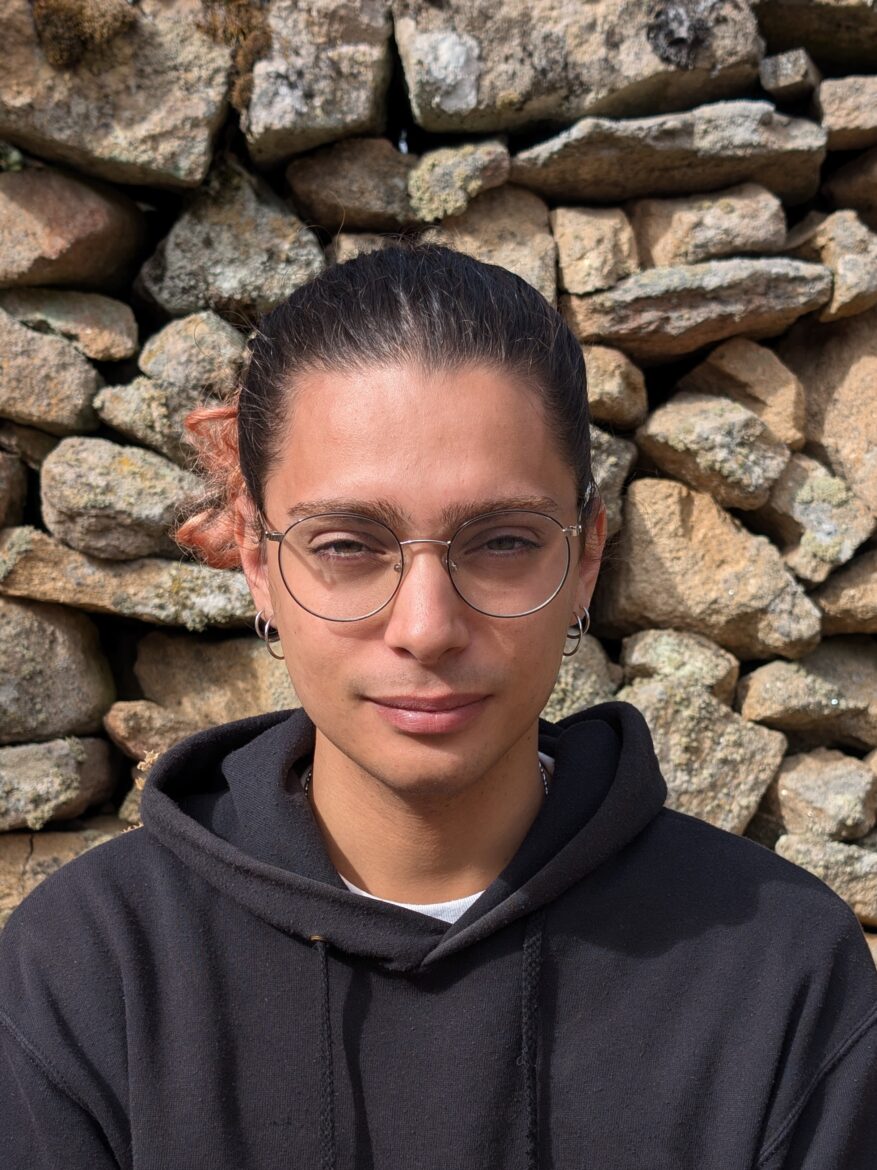
Mina Nogueira
Artist
Mina Nogueira (2000), a young multidisciplinary artist, graduated in Fine Arts at the UCM and with a Master’s degree in Artistic Production at the UPV. Her work explores urban public space and automation, including artificial intelligence as a creative tool.
exposicion
Thinking the city
The call “Pensar la Ciudad” (Thinking the City) called on emerging artists to reflect and dialogue on the contemporary city through their work, offering unique perspectives on their real experiences, research and desires, from a critical awareness. The initiative sought to give voice to visions that offered a new reading of urban landscapes and societies.
We have had an exceptional jury:
asun rodríguez montejano. Comisaria
Elba Benítez. Galería Elba Benítez
Carlos Garaicoa. Artista
Javier Aparicio. Galería El Chico
Paco de Blas. Gestor Cultural
Carlos Alvarez. Editor. Piece with Artist
Silvia Hengstenberg. ART U READY y The Sibarist
El Invernadero
San Lorenzo, 11
He has participated in several exhibitions, including a group exhibition ‘El Escenario Urbano’ at the Biblioteca del Mar with a collaborative work of installation of micro-essay registers on the expropriation of land in the Valencian huerta and others such as ‘Sorolla, una nova dimensiò’ or ‘Dalí Cybernetic’ with audiovisual works of AI.
The project presented explores the interaction between art and urban space, using the Moncloa Arch as a case study. This Francoist monument in Madrid, which has been the object of graffiti and youth activities such as skateboarding, is transformed into a recycled wooden toy, creating modules that allow skating with ‘fingerboards’, seeking to question and re-signify its original purpose. The installation presents the toy together with a video that contrasts DIY culture and commemorative events, as a form of peaceful protest that vindicates the citizen’s right to public space. This work speaks, then, of monument, historical memory and the right to the city through artistic practice, taking advantage of strategies such as play, reappropriation and observation of our everyday environment.